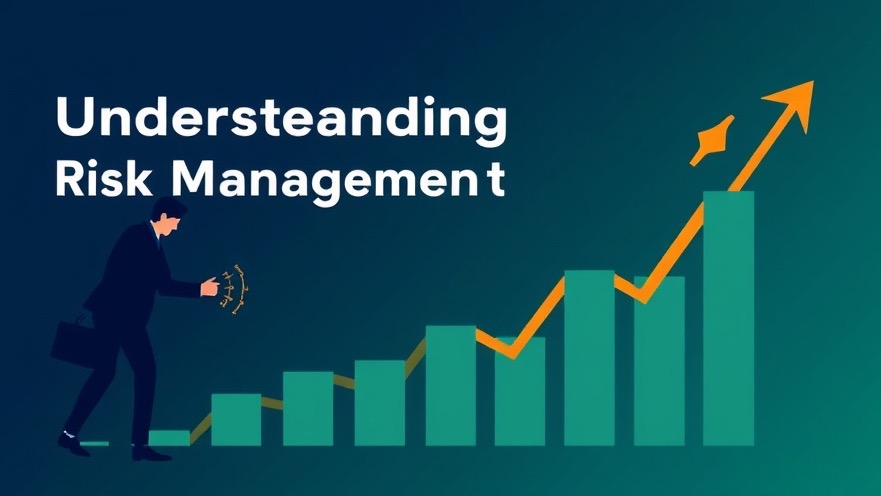
Risk management is one of the most critical aspects of trading. Whether you're buying stocks, forex, or cryptocurrencies, knowing how to manage your risks will help you protect your capital and minimize potential losses. In this article, we'll dive into the importance of risk management and how you can apply it to your trading strategy.
Why Is Risk Management Important?
Every trade involves risk, and without proper risk management, traders can quickly lose more money than they intended. The goal is not to avoid risk entirely but to ensure that you're managing it in a way that aligns with your risk tolerance and trading goals. Effective risk management helps you stay in the game, even during periods of market volatility.
Setting Stop-Loss Orders
One of the simplest and most effective ways to manage risk is by using stop-loss orders. A stop-loss order is placed to automatically sell a position if the price reaches a certain level, limiting your losses. For example, if you buy a stock at $100, you might set a stop-loss order at $90, meaning if the stock drops to $90, it will be sold automatically to prevent further losses.
Position Sizing
Another key aspect of risk management is determining how much to invest in each trade. This is known as position sizing. By adjusting the size of your trades based on the risk you're willing to take, you can control the impact of any single trade on your overall portfolio. A common rule of thumb is to risk only a small percentage (usually 1-2%) of your total capital on any single trade.
Diversification
Diversification involves spreading your investments across different assets to reduce the risk of significant loss. By investing in a variety of stocks, bonds, and other asset classes, you lower the risk of a total loss if one investment performs poorly. For example, if you're trading stocks, consider holding a mix of different sectors (tech, healthcare, consumer goods) to ensure that your portfolio isn’t too reliant on one industry.
Risk/Reward Ratios
A key concept in trading is understanding the risk/reward ratio. This is the amount of risk you're willing to take for a potential reward. For instance, if you're willing to risk $100 to potentially make $300, your risk/reward ratio is 1:3. By maintaining favorable risk/reward ratios, you ensure that your potential rewards outweigh your potential losses over time.
Avoiding Overleveraging
Leverage allows you to control a larger position with a smaller amount of capital, but it also amplifies both potential gains and losses. While leverage can increase profits, it also increases risk. It's crucial to avoid overleveraging, especially when you're starting. Start with conservative leverage until you gain more experience and confidence in your trading strategy.
Monitoring Your Trades
Risk management doesn't end once you've placed a trade. It's essential to continuously monitor your trades and adjust your strategy if necessary. This may involve moving your stop-loss to break even (the point at which you don't lose money), taking profits at a certain level, or cutting your losses early if the market moves against you.
Conclusion
Risk management is about taking proactive steps to protect your trading capital. Whether you're setting stop-loss orders, diversifying your portfolio, or using position sizing, these strategies will help you minimize potential losses and increase your chances of long-term success. By understanding and applying these techniques, you'll be better prepared to navigate the ups and downs of the market.
 Add Row
Add Row  Add
Add 




Write A Comment